13 April 2019
Image: Portsea House | By Archiblox < < click me to see more
A Zero-Energy Home is Not as Challenging as You Might Think, with the Right Toolkit
Original Article by: The Green List
The Passive House standard is a proven methodology for achieving homes that have minimal operational energy requirements and provide a high standard of occupant wellbeing.
The Australian Passive House Association brings together practitioners and consultants working in the Passive House space. Members include architects, builders, engineering experts, building physics consultants, designers and sustainability specialists.
It is also driving greater awareness of Passive House principles and their relevance to the Australian built environment through workshops, case studies, communications activities and an annual conference that brings global experts to Australia to showcase trends, success stories and technical innovations.
APHA founder and past director Clare Parry says two of the current hot topics for the movement are energy efficiency and wellbeing.
The relevance of the Passive House approach in addressing both of these factors is increasingly evident, particularly as the number and diversity of completed projects grows.
Interested to know more? Start a conversation with us.
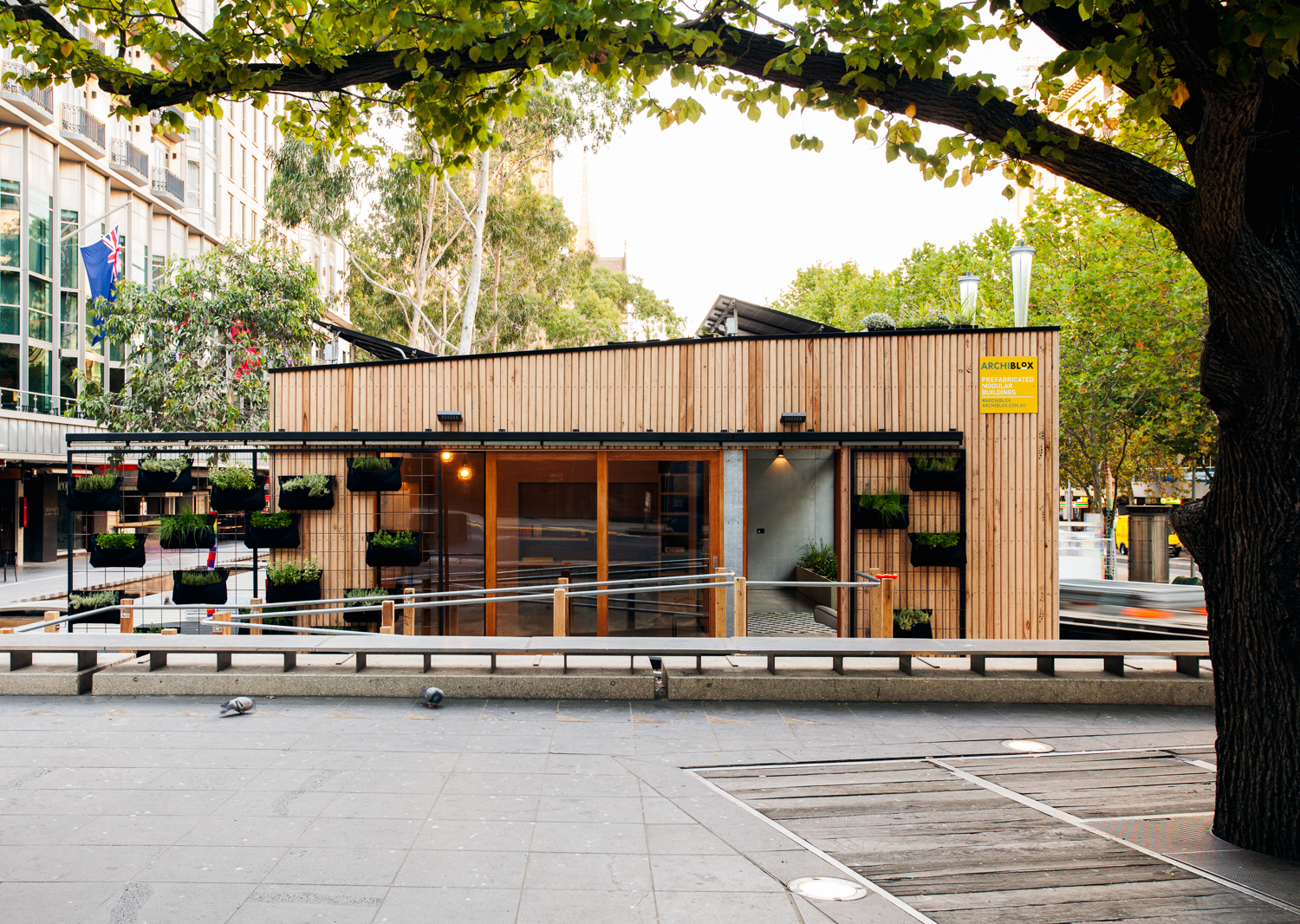
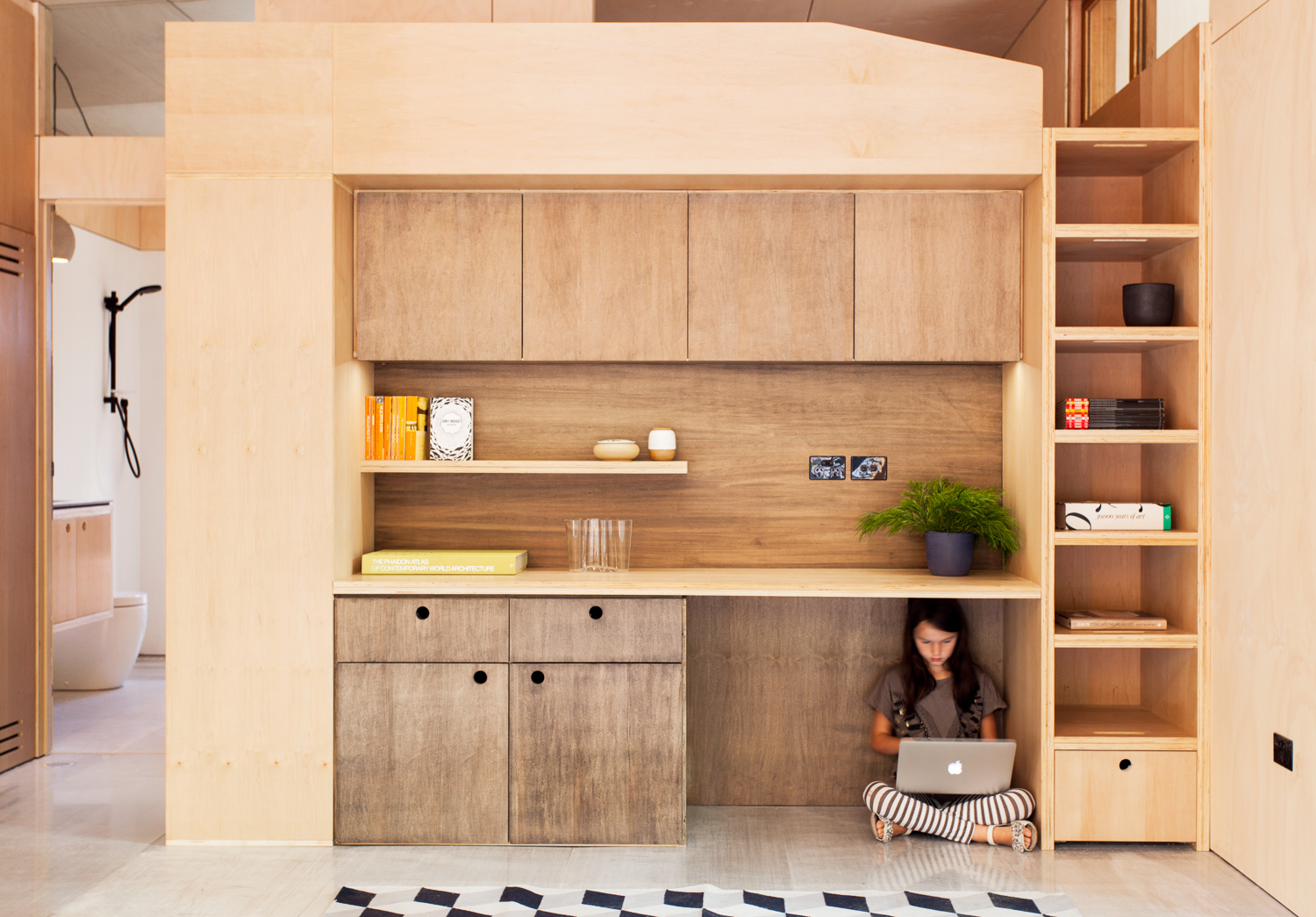
Images: Carbon Positive House | By Archiblox < < click me to see more
However, there are still some people who are hesitant to go down the Passive House route.
“There is a lot of misunderstanding out there in the market,” Clare says.
“A lot of people see Passive House as restrictive and quite strict. But it is broad, and it allows for freedom and architectural expression.”
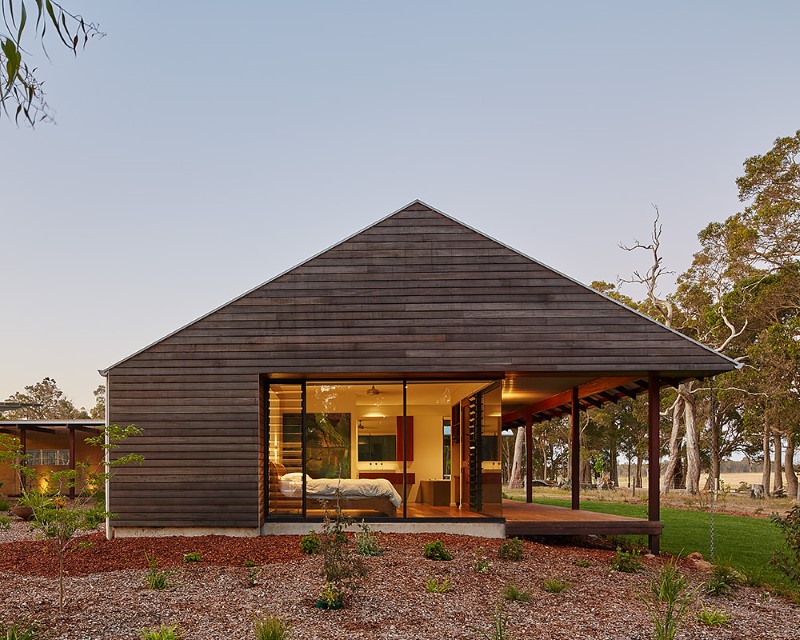
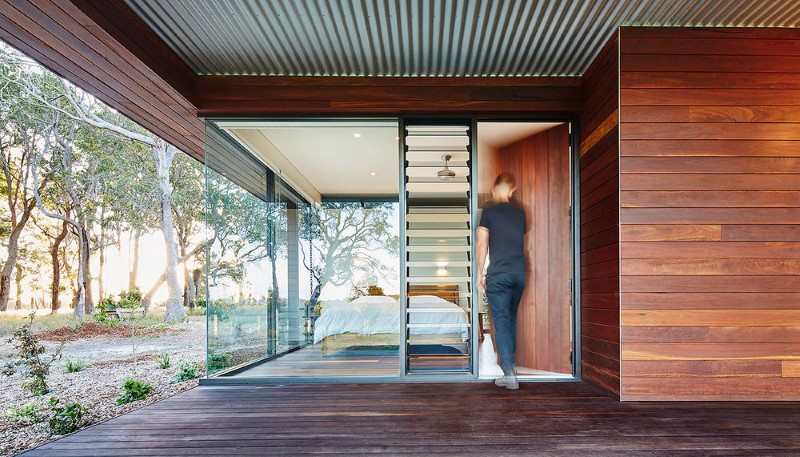
Images: Modern Passive Farmhouse | By Archterra Architects
The fundamental principles of the approach include passive solar design, a highly insulated and well-sealed building envelope with minimised thermal breaks, high-performance glazing and an emphasis on indoor environmental quality in terms of ventilation and air quality.
When all of these principles are implemented, the result is buildings that deliver wellbeing and comfort for occupants, Clare says.
Passive House is not an approach that relies on the latest whizz-bang technology.
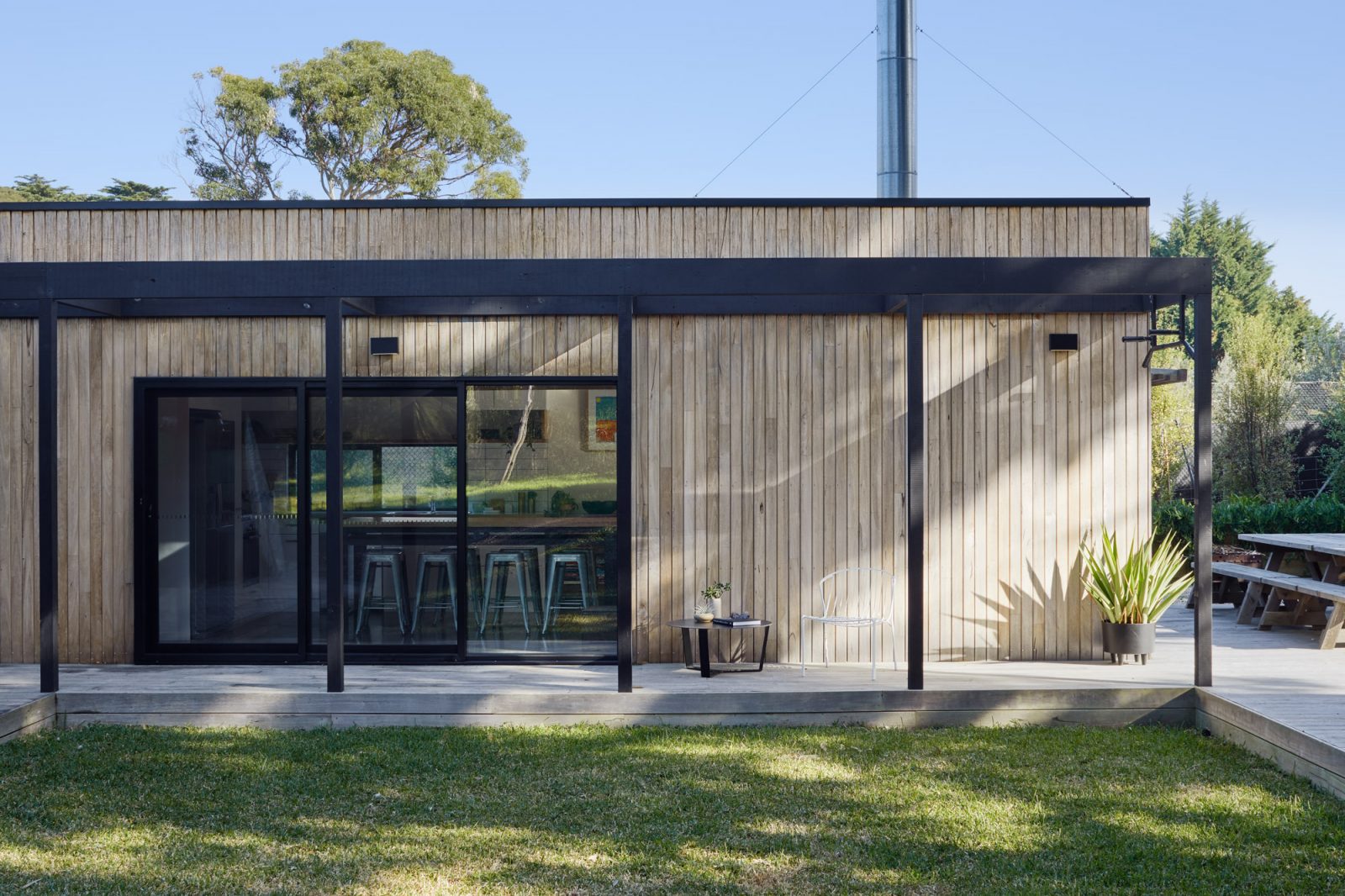
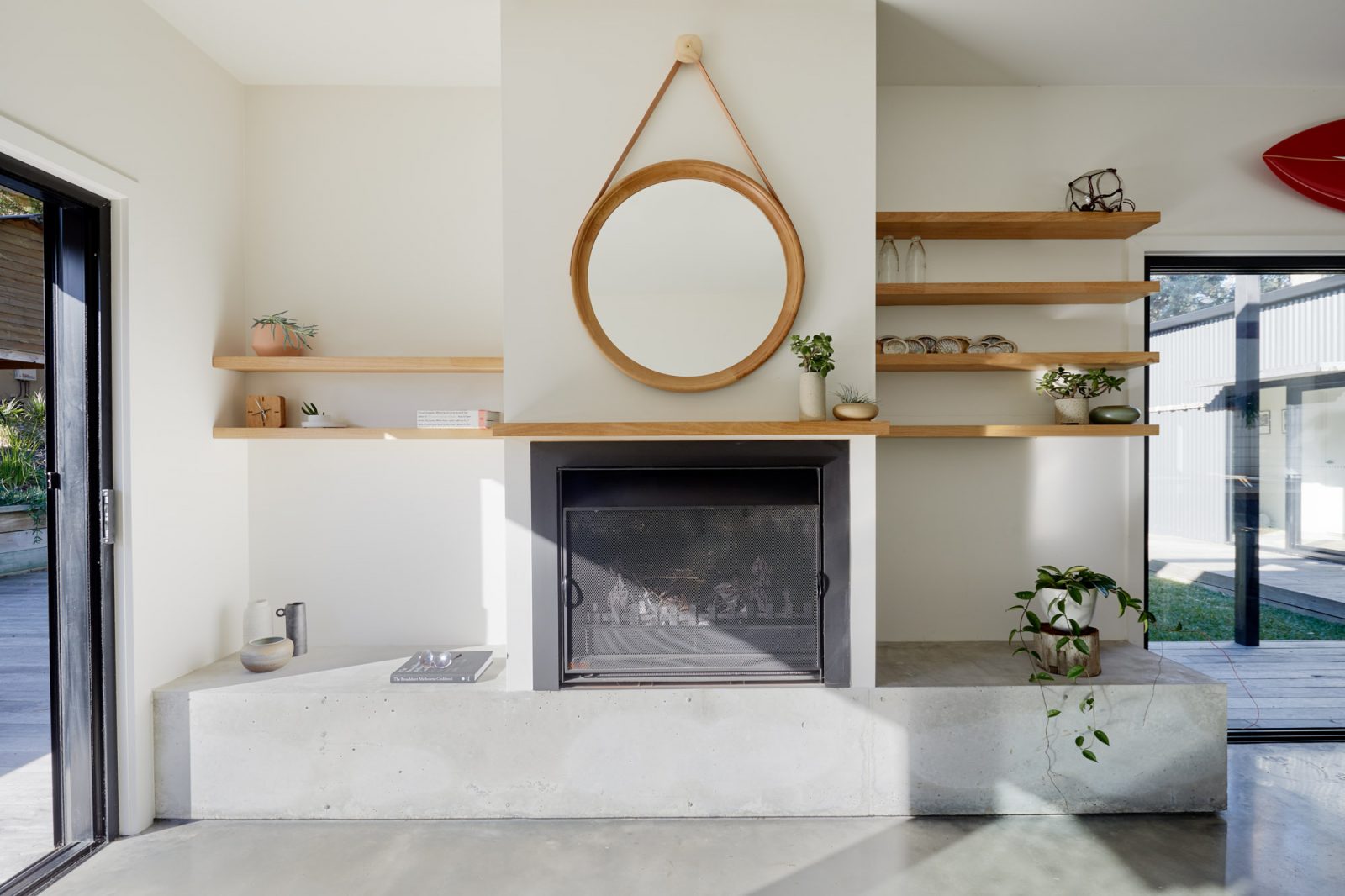
Images: Portsea House | By Archiblox < < click me to see more
“It is a level of simplicity,” Clare says.
“In some green buildings there is a whole heap of technology used to solve problems that shouldn’t be there in the first place.
“It is about going back to basics – using the old principles of orientation, shading and good design, then applying a refined level of technology.”
The main technology used in many Passive House buildings is heat recovery ventilation systems. These not only provide highly cost-effective heating and cooling, they also ensure sufficient air changes per house to maintain optimum indoor air quality.
Clare says these are simple, well-established androbust systems.
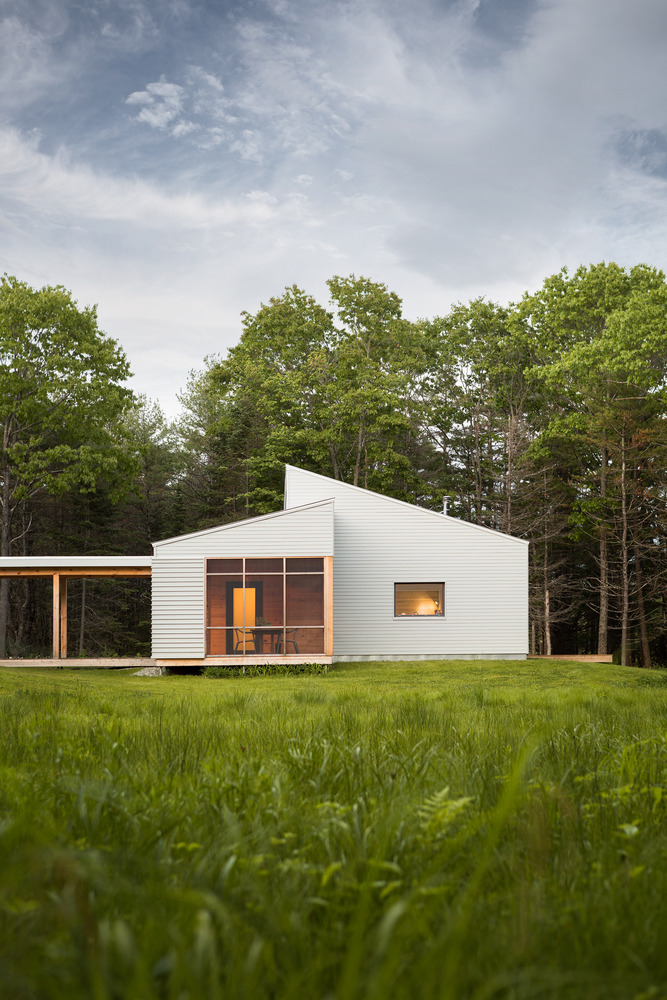

Image: Cousins River House | By GO Logic
Image: House of Fir | KT814 Architecture
Because a Passive House can be delivered as an all-electric building, with the addition of an appropriately-sized solar PV system and potentially an energy storage system, it can operate at net zero, or even be energy positive.
Clare says that while the Passive House standard is intentionally open-source and red tape is kept to a minimum, a project achieving certification means the end user, owner or occupant has a robust level of guaranteed performance.
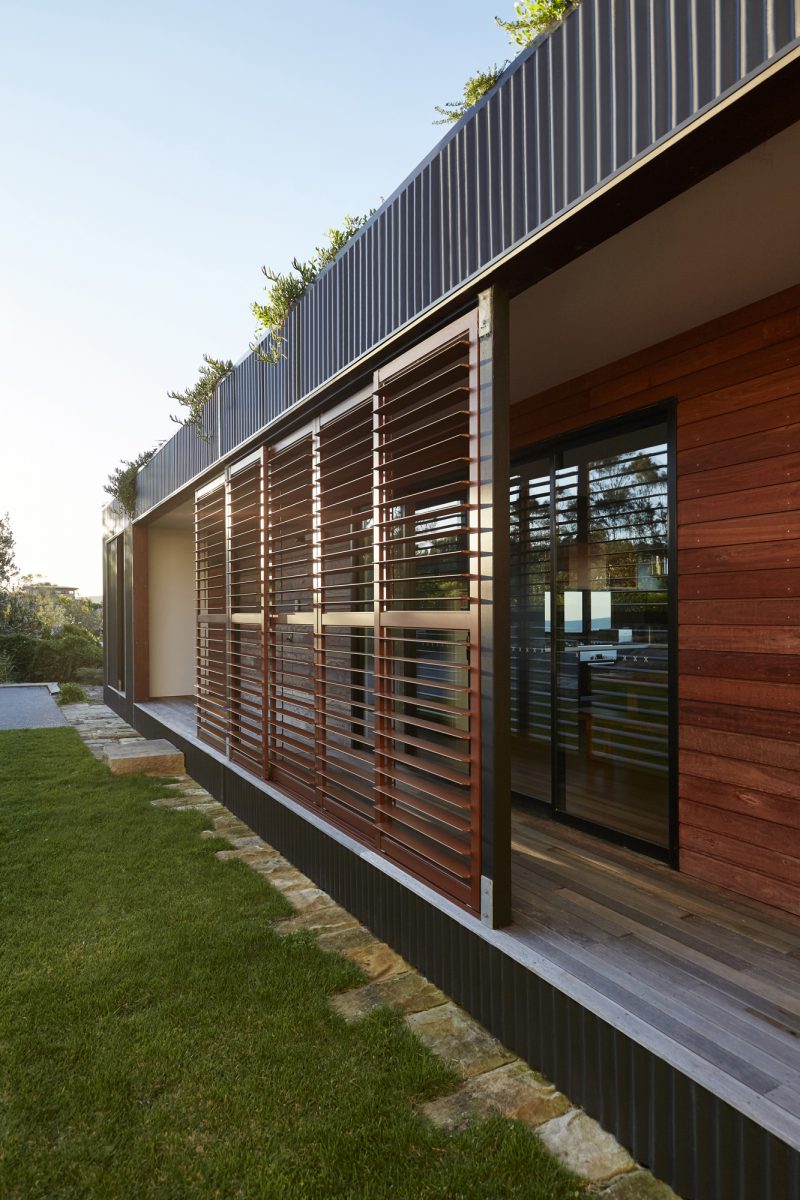
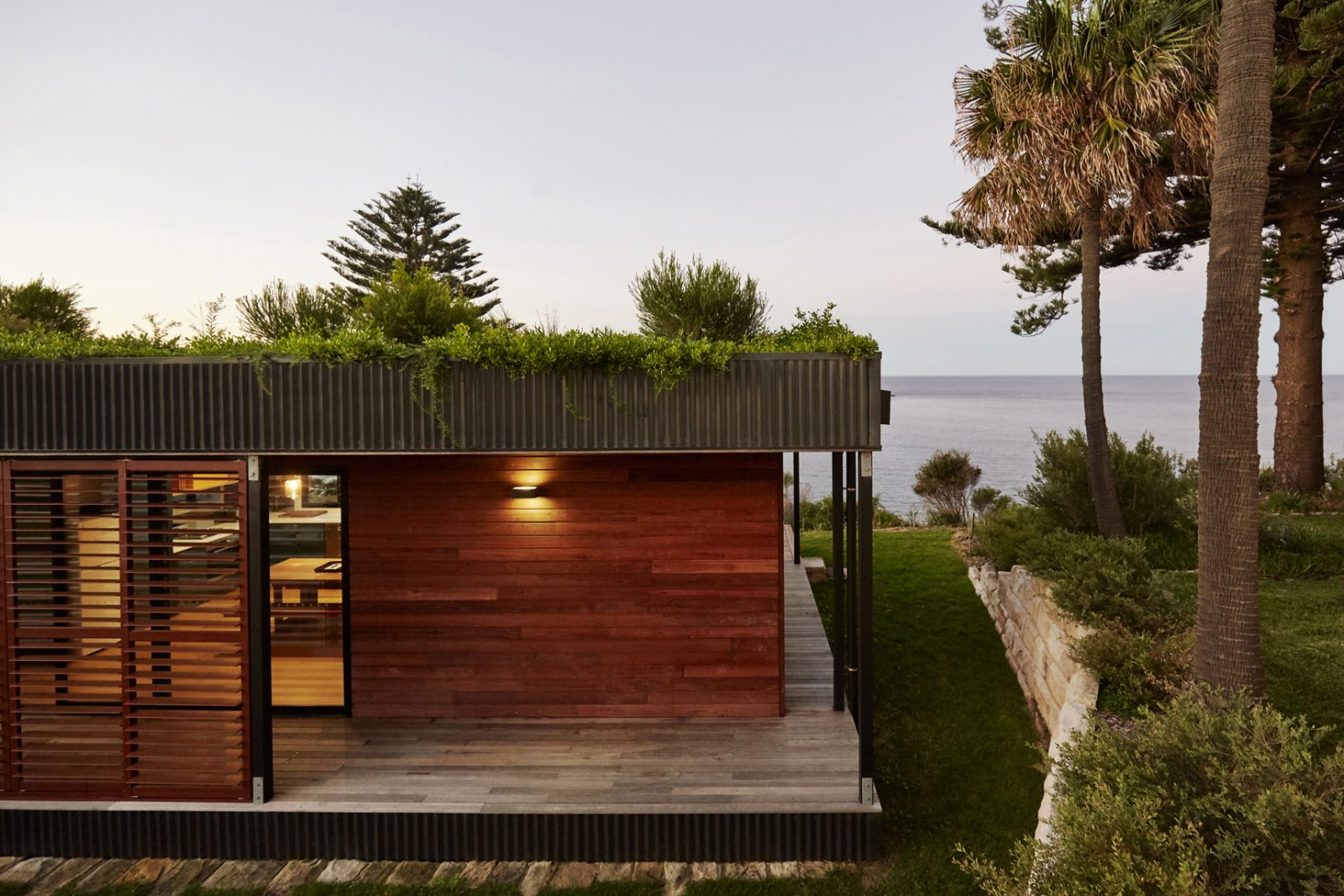
Images: Avalon House | By Archiblox < < click me to see more
Where a project is seeking Passive House certification, blower door testing is used to ensure the building envelope is achieving the required level of air tightness.
Clare says there are currently 120 projects in progress in Australia that are using Passive House. They are across a wide range of building types including commercial, mixed use, urban regeneration, education, social housing, multi-residential and detached dwellings.
“Some of the best applications are social housing, affordable housing, aged care and education buildings – any space where it is important to have great air quality and focus on health and wellbeing.”
Read about our Sustainable Principles < < click here. For more information on our Passive House Solutions < < please click here to get in touch, we'd love to hear from you.
We love sharing all the new and exciting things happening at Archiblox, so make sure you’re following us on Instagram, Facebook and
Twitter, or signed up to our monthly newsletter, to ensure you don’t miss a thing.